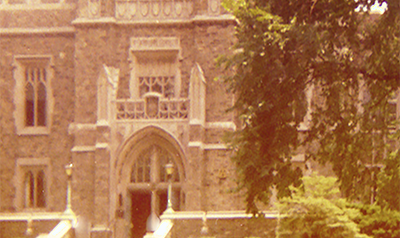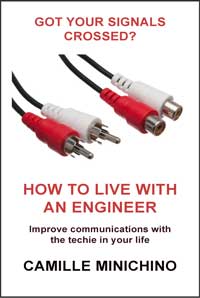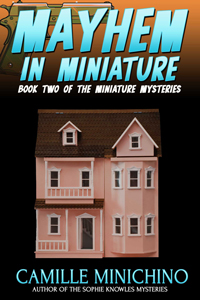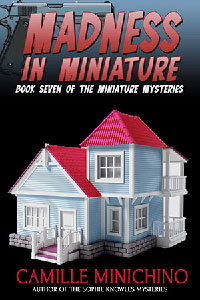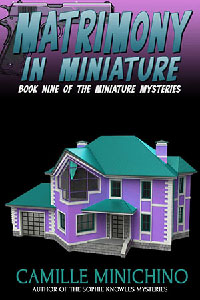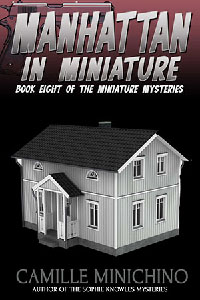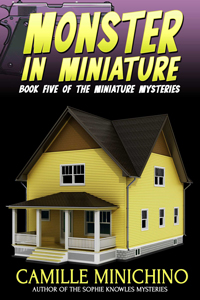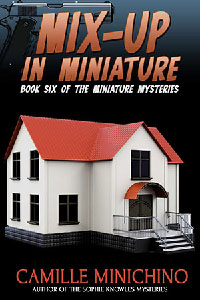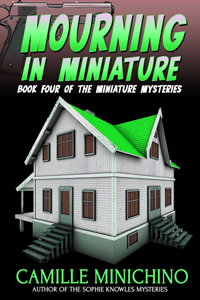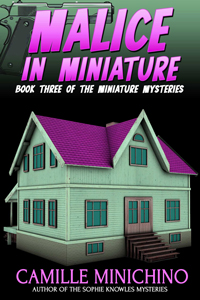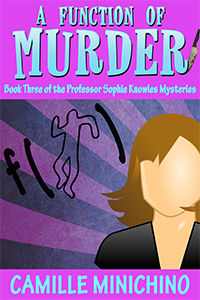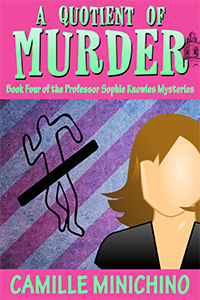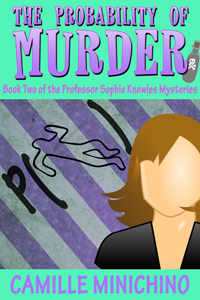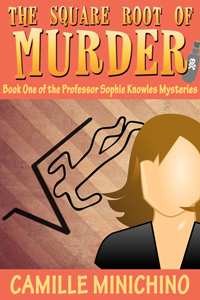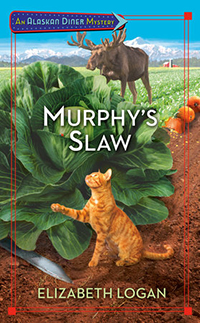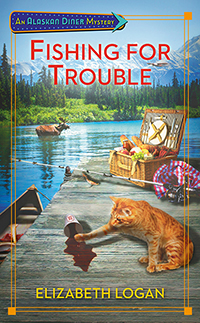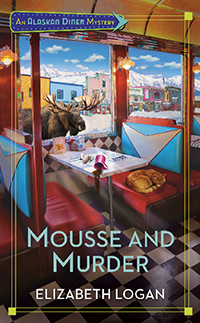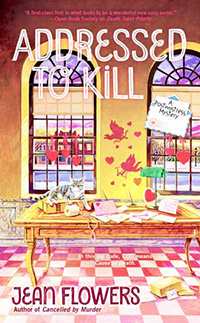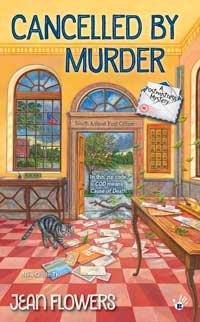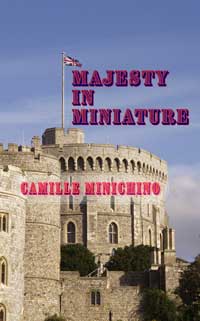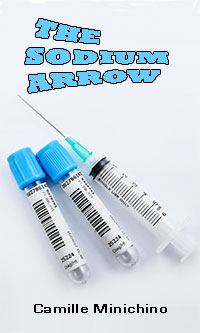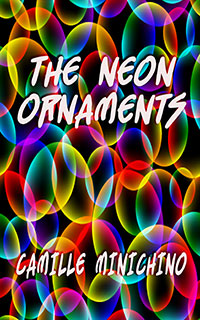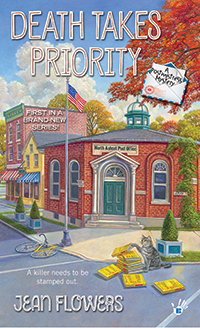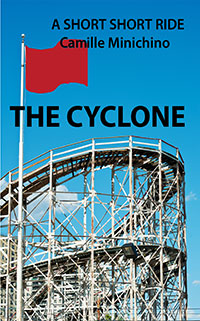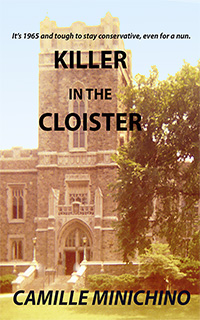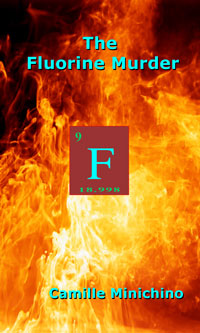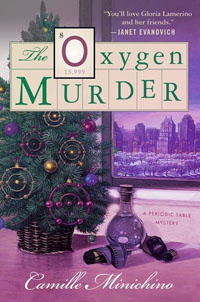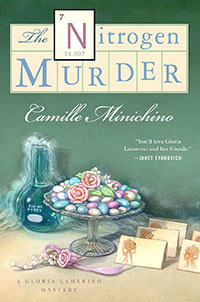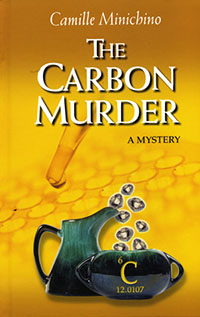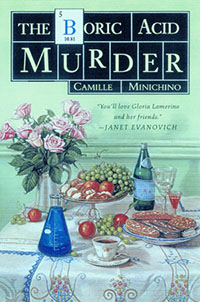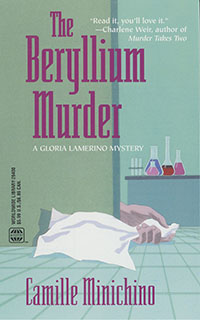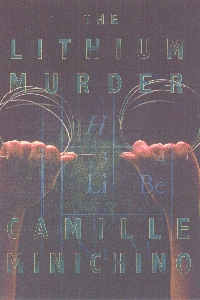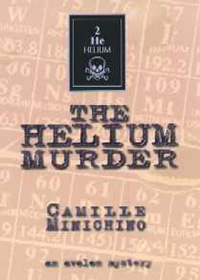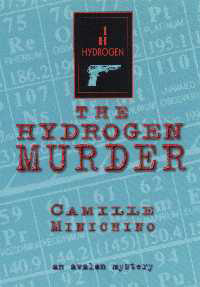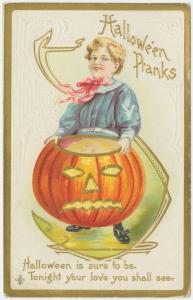
Finally the checkout clerk won’t look at me funny when I unload large bags of candy.
I can’t say enough about a month that starts out National Dollhouse Month, and ends with Halloween.
Throw in all that fun-size candy, those glittery costumes, and the anniversary of Sputnick (October 4, 1957), and you have 31 party-filled days every year. Well, except for October 30, 1938, when Orson Welles read a script derived from “The War of the Worlds” and scared millions in the radio audience more than any ghosts, evil witches, or giant spiders’ webs could have.
In October, all the white skirts and shoes are safely put away and the orange comes out: pumpkin scones, pumpkin lattes, and pumpkin ice cream. No wonder I love this season.
I always wanted to live on a street that treated Halloween with respect, taking orange and black decorations seriously. It didn’t happen, so I created one of my own in my fifth miniature mystery, “Monster in Miniature.”
FYI, “Monster in Miniature” will be re-released soon, maybe even in time for this Halloween. Watch this spot!
It’s not a coincidence that National Dollhouse Month is the same month as Halloween. Dollhouses and Halloween go together just as Mysteries and Halloween are a natural combination. Every miniaturist has built at least one haunted house.
This year will be different, of course. It’s hard to trick-or-treat on zoom, as wonderful as that software is. We’ll have to get more creative. There’s no reason we can’t have a costume party — and it will be easier than ever: waist up only!
All ideas welcome!
I wish there were Halloween carols to sing. But failing that, I’ve programmed my smart phone with a new ring tone: He did the mash. He did the monster mash.
It will have to do.
 Filed Under :
Filed Under :  Sep.30,2020
Sep.30,2020 Tags :
Tags : 

